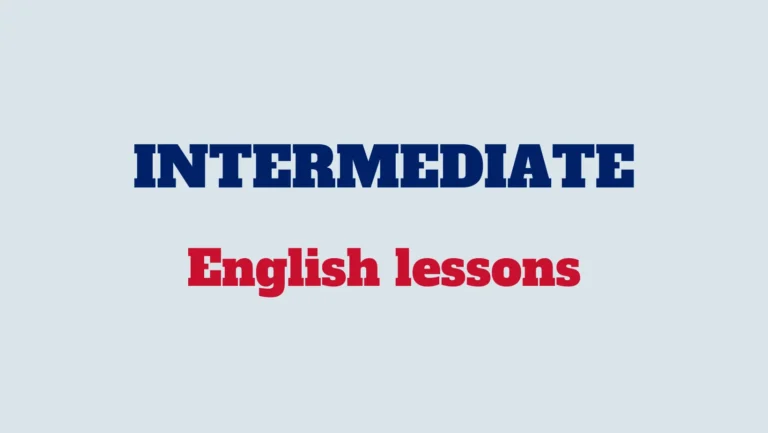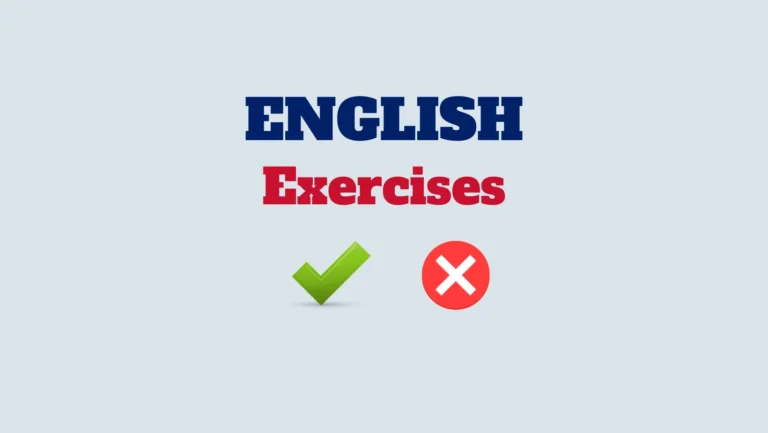In this lesson, we’ll differentiate between the confused words: “Adverse” and “Averse.” Though they both convey negativity, they are used in distinct contexts, indicating different types of unfavorable situations or attitudes. Let’s delve into their meanings and examples to understand these differences clearly.
Word 1: Adverse
Definition:
“Adverse” describes something harmful, unfavorable, or detrimental, often referring to conditions, events, or effects that work against one’s interests or goals.
Example of use:
“The rule could have an adverse effect on our business operations.”
“The adverse weather conditions delayed our outdoor event.”
“Exposure to the chemical had adverse health consequences.”
Word 2: Averse
Definition:
“Averse” indicates a strong feeling of dislike, opposition, or reluctance towards something, suggesting a preference against or unwillingness to engage with a particular action, idea, or situation.
Example of use:
“The public relations director is averse to our business proposal.”
“She’s averse to confrontation and prefers to avoid conflicts.”
“He’s averse to change and prefers to stick to familiar routines.”
Summary:
In brief, “Adverse” refers to something harmful or unfavorable, while “Averse” indicates a strong opposition or reluctance towards something. Understanding these distinctions is crucial for expressing negative situations or attitudes accurately in communication.



